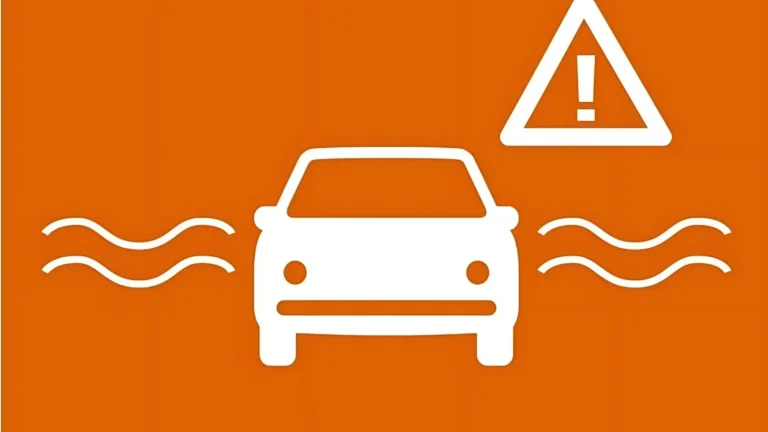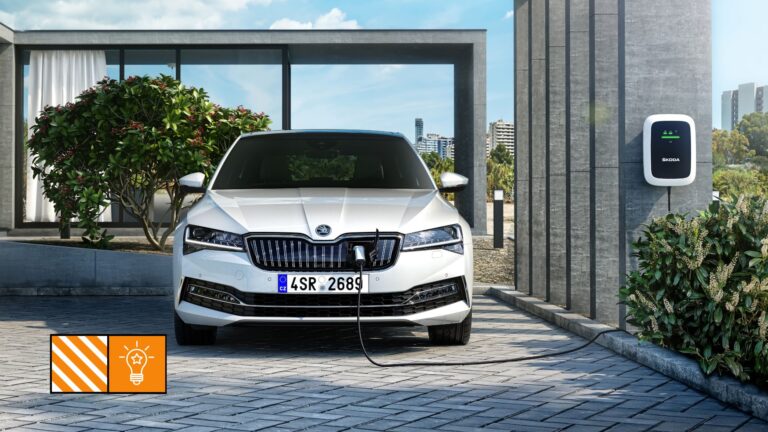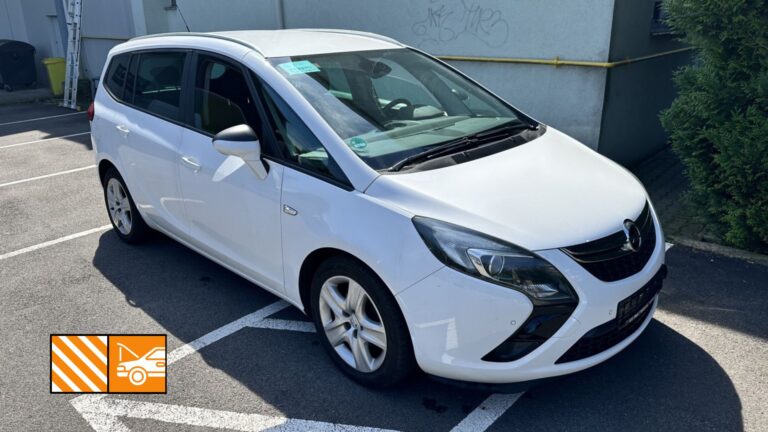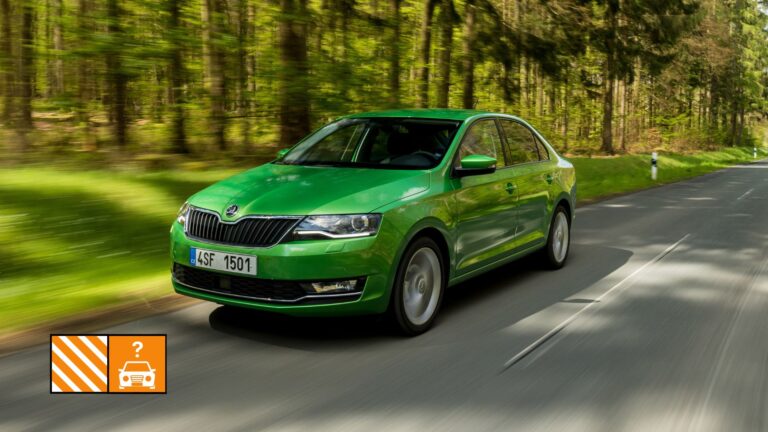Skoda Rapid test
- Used car tests
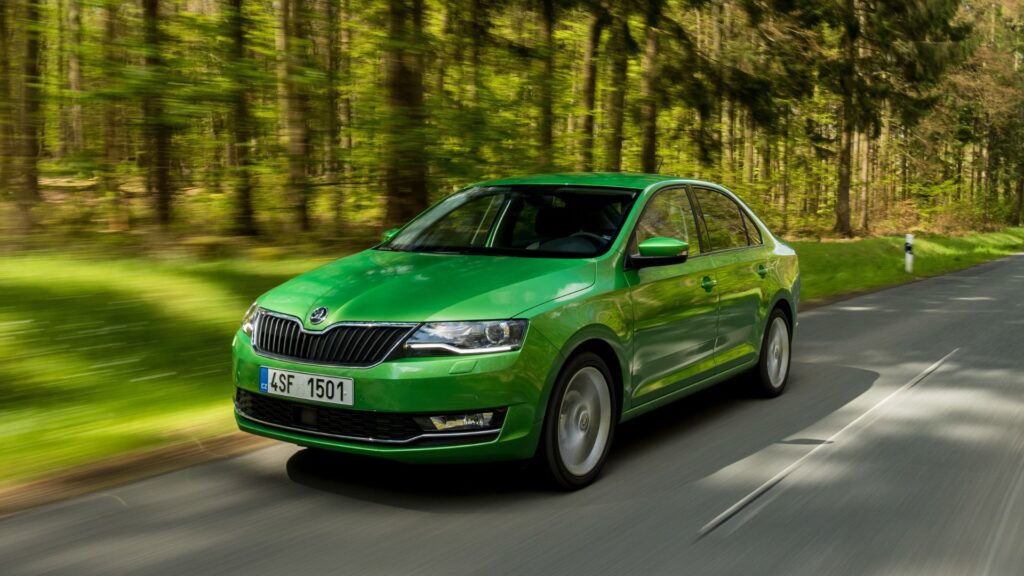
The Škoda Rapid was launched in 2012 as a more affordable replacement for the popular Octavia Tour. The Rapid uses the group's PQ25 platform, which it shares with the Audi A1 and Volkswagen Polo, for example. This model was on the market until 2019, when it was replaced by the all-new Škoda Scala. The Rapid was intended to fill the gap between the Fabia and Octavia models and bring customers a spacious yet affordable vehicle. With its design and features, it sought to attract not only private buyers but also companies looking for a reliable and practical car for their fleets. So let's take a look at the Škoda Rapid test.
Space and comfort
The Škoda Rapid test revealed that although the Rapid is technically closer to the Fabia, it offers plenty of space inside, especially in the rear seats, where it stands out in its class. The trunk is large and practical, which will be appreciated by families and individuals who need plenty of storage space. However, comfort is not the Rapid's strongest point. There is a higher noise level in the interior and the ride is not very comfortable due to the stiffer chassis, which was designed with a higher payload in mind.
Small wheels with high-profile tires are ideal for Czech roads – 15″ are the best choice, 16″ are already rattling and 17″ are unsuitable for regular roads. Thanks to this chassis setup, the car is stable, but less comfortable on uneven surfaces, which can be a disadvantage on longer trips.
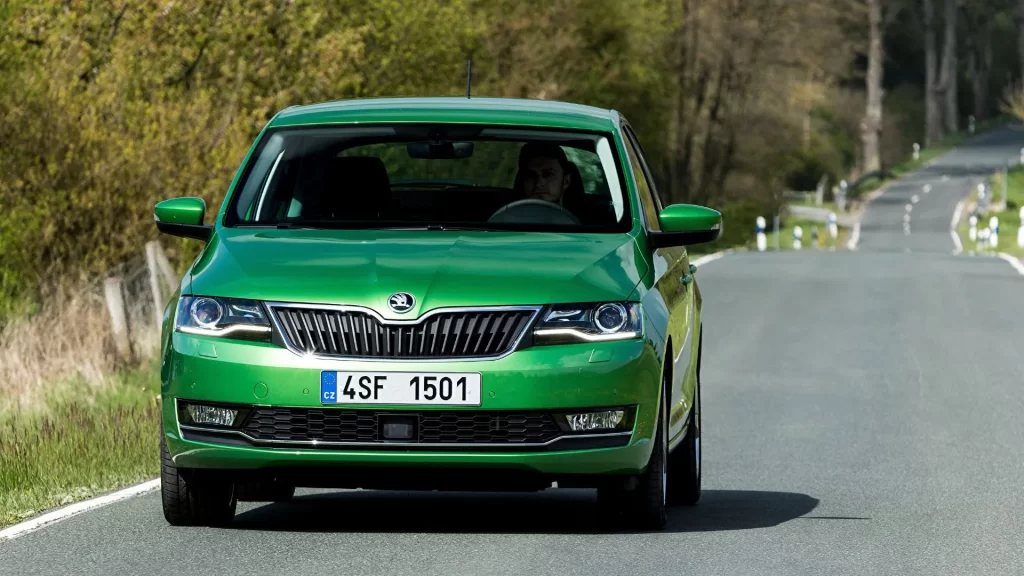
Steering and stability of the Skoda Rapid
The Rapid handles better than, for example, the Citroën C-Elysée and Peugeot 301, but its directional stability on the highway in strong winds is poor. However, when driving in city traffic and on country roads, the Rapid provides good ride comfort and handling, which most ordinary drivers will appreciate.
Popularity in the market
The Rapid was particularly popular with companies, who used it as a replacement for the more expensive Octavia. This often led to company drivers not sparing their money, which is reflected in the condition of many company cars. Company cars are often more worn out and their interiors may show signs of intensive use.
On the other hand, cars from private owners tend to be in better condition due to lower mileage and more careful handling. Private owners often pay attention to regular service and maintenance, which increases the chance of finding a well-maintained car.

Skoda Rapid test – engines and reliability
Recommended engines
1.2 TSI
This four-cylinder petrol engine is the most reliable choice for the Rapid. The version in the Rapid has a more durable timing chain and most of the problems with it have been resolved. Consumption is around 6 l/100 km, but an economical driver can drive on 5 liters. It is recommended to refuel with additive fuel for better condition of the injectors. This engine is ideal for everyday city driving and longer trips, where you will appreciate its low consumption and solid performance.
1.4 TSI
The 1.4 TSI engine makes sense if you want an automatic, but its reliability isn't ideal. Timing chain issues and the seven-speed DSG with dry clutches are common. If you opt for this engine, opt for the upgraded version with the EA211 engine and belt-driven timing. Despite its problems, this engine offers decent power and a smooth ride, which may be tempting for those who prefer an automatic transmission.
1.6 TDI
This diesel engine is suitable if it has been regularly serviced and has low mileage. The fixed flywheel does rumble, but the particulate filters work properly. The diesel Rapid has a consumption of around 5 l/100 km, but the manual five-speed gearbox can scrub after high mileage. Diesel engines are popular for their economy and long service life, which makes them a good choice for frequent and long trips.
Engines to think about
1.0 TSI
The 1.0 TSI three-cylinder unit is modern, but from a driving perspective the older 1.2 TSI is a better choice. The 1.2 TSI EA211 engine, after modernization, is more reliable and offers better performance. The 1.0 TSI three-cylinder may be suitable for short city trips, but on longer trips or at higher speeds it may not be as comfortable and powerful.
1.4 TDI
Our test of the Skoda Rapid revealed that the three-cylinder 1.4 TDI diesel engine is not as refined as the 1.6 TDI and has a worse start from low revs. It is also not as quiet and smooth as the four-cylinder alternatives, which can be a disadvantage on longer journeys.
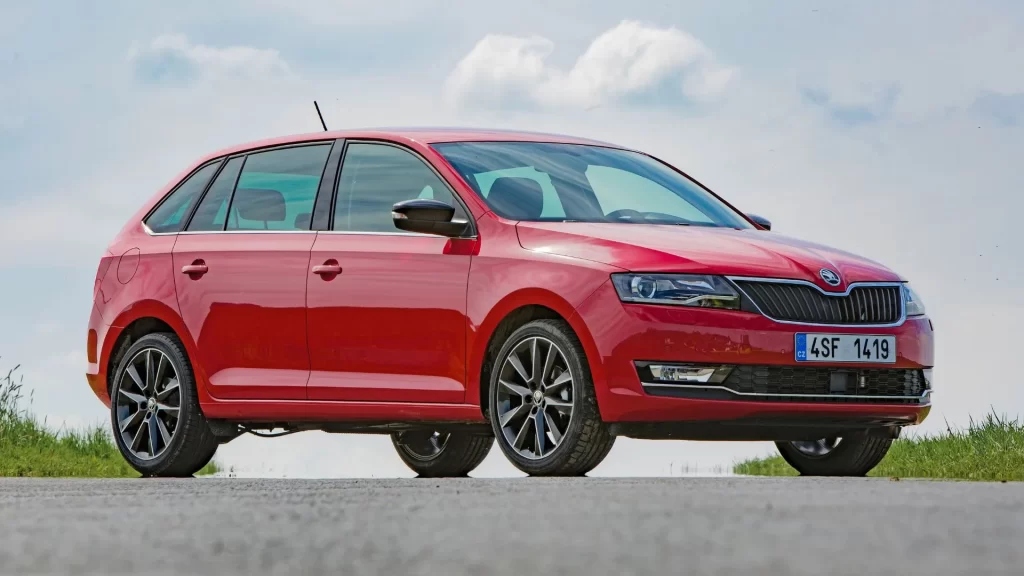
Infotainment offer
The tested Škoda Rapid will offer music and navigation systems based on the second generation of the group's modular infotainment system. The ŠKODA Surround system, Bluetooth with voice control and USB sockets are available. Using the SmartLink+ smartphone interface - which supports Apple CarPlay, Android Auto and MirrorLink™ standards - it is also possible to use applications on the ŠKODA RAPID's display or transfer vehicle data to a smartphone. From the Ambition trim level, the Media Command 2.0 system is available, which allows you to control the Amundsen on-board infotainment system from the rear seats via a mobile app.
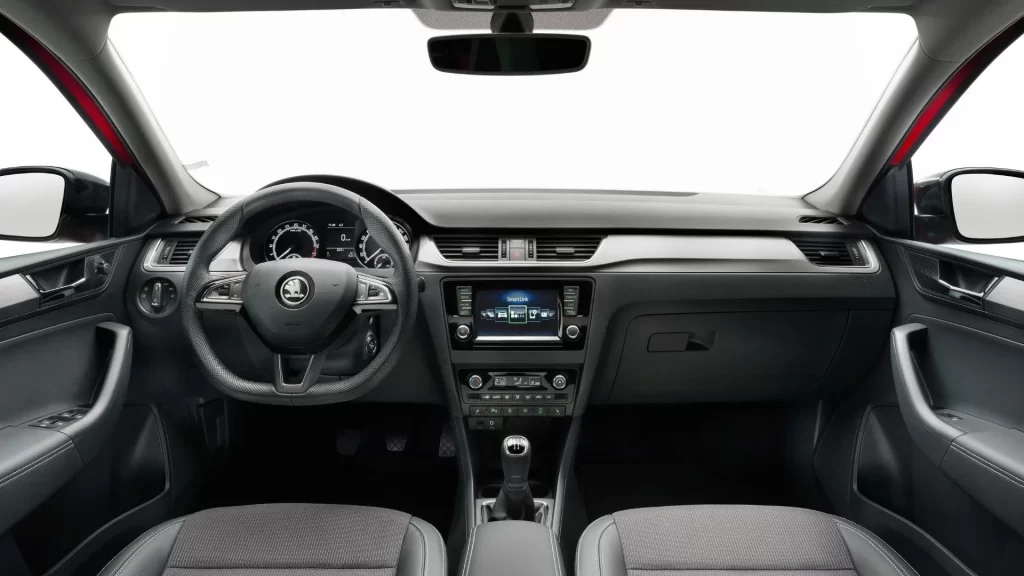
Typical faults
- Tired five-speed gearbox (especially on the 1.6 TDI after high mileage)
- 7DSG dual-clutch transmission faults
- Knocking noise from the chassis (usually stabilizer bars)
- Bitten cables from martens (mainly 1.2 TSI)
- Worn interior (plastics, seats, upholstery) in company cars
Check the Skoda Rapid before buying
Before buying a used Skoda Rapid, it is important to thoroughly check several key aspects to ensure that you are investing in a reliable and well-maintained car. The first step is to check the vehicle history using the VIN number, which will give you an overview of previous accidents, services and any legal problems. We also recommend a thorough inspection of the body, where you should pay attention to signs of corrosion, uneven paintwork or irregularities in the gaps between the panels, which may indicate repairs after accidents. Professional assistance in checking the car before purchase will be offered by independent technicianwho will assess the overall condition of the car.
The interior should be checked for wear and tear, especially in company cars where the seats, upholstery and plastic parts may be significantly worn. Be sure to test all electronic functions such as the air conditioning, infotainment system and windows. Under the hood, check for oil leaks, fluid levels and listen to the engine when starting and while driving – any unusual noises may indicate mechanical problems.
Pay special attention to the chassis, which can be stiff on the Rapid. Drive over uneven surfaces and listen for any knocking or creaking noises, which could indicate wear on the anti-roll bars or other components. Also, test drive at different speeds and maneuvers to see how the car responds – especially on the highway in strong winds, where the Rapid can lose directional stability.
If you are not sure, it is a good idea to take it for a look. independent technician, who can provide an expert opinion on the condition of the car. A thorough pre-purchase inspection can save you significant costs on future repairs and ensure that your new Rapid is a reliable and safe car.

Conclusion of the Skoda Rapid test
The Škoda Rapid is a practical and spacious car that offers a good price-performance ratio. For the best experience, we recommend the 1.2 TSI and 1.6 TDI engines. When choosing a used Rapid, pay attention to the service history and condition of the car, especially if it is a company car. The Rapid can be a great choice for those looking for a reliable and affordable car with plenty of space and solid equipment.
Follow us through our social networks, Don't miss any news.


